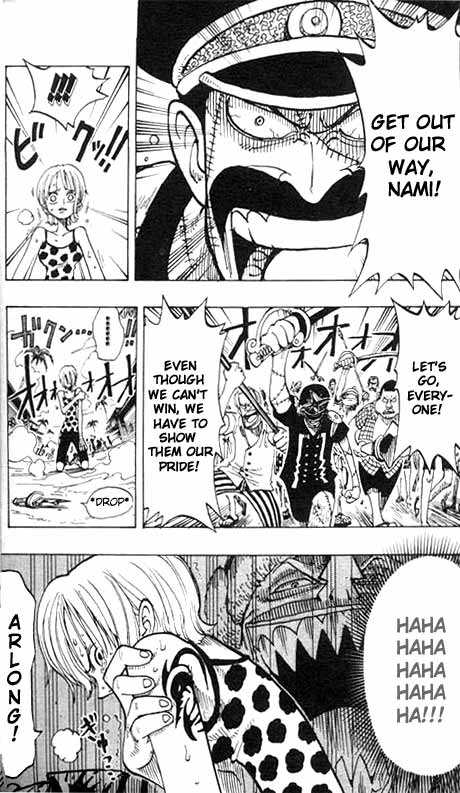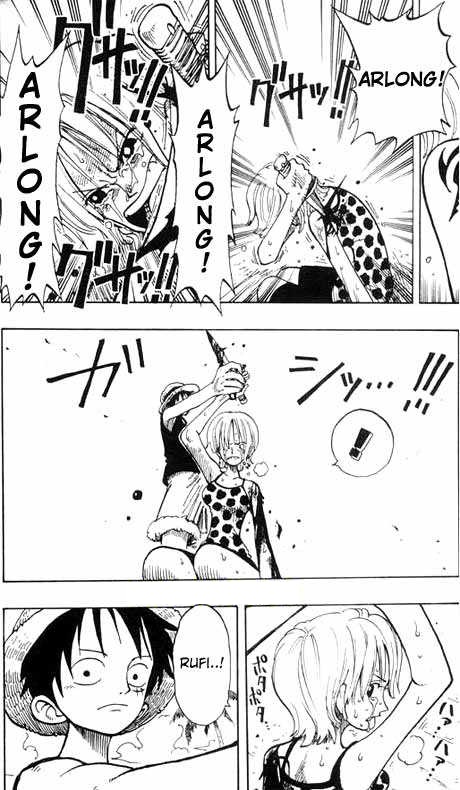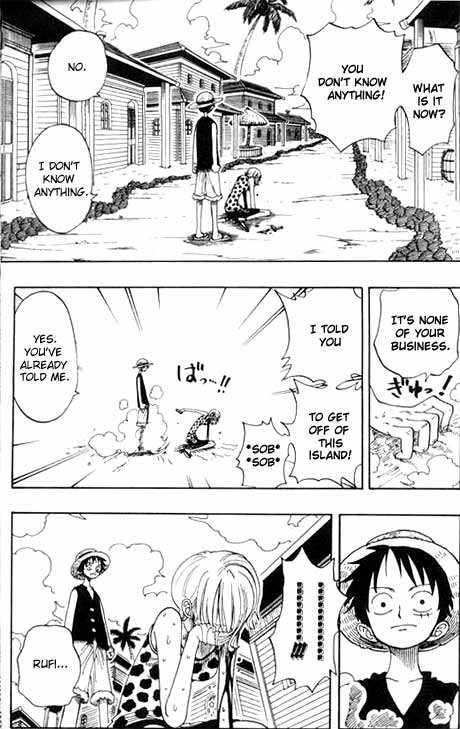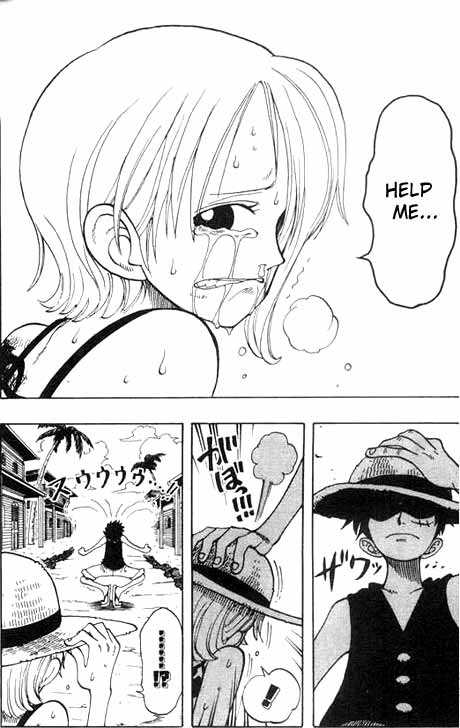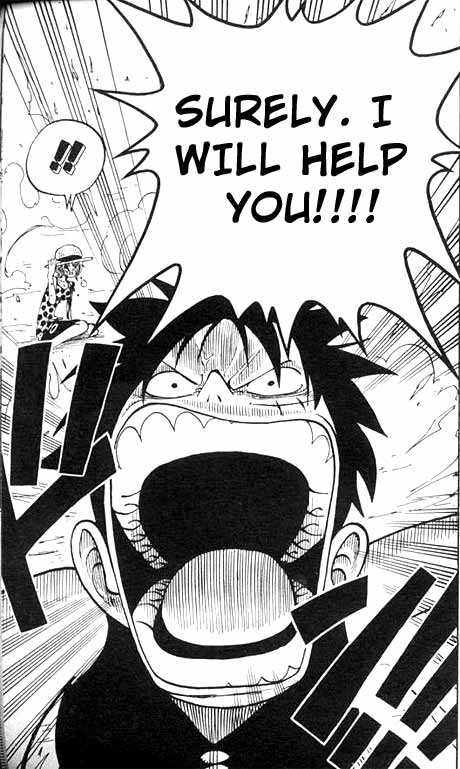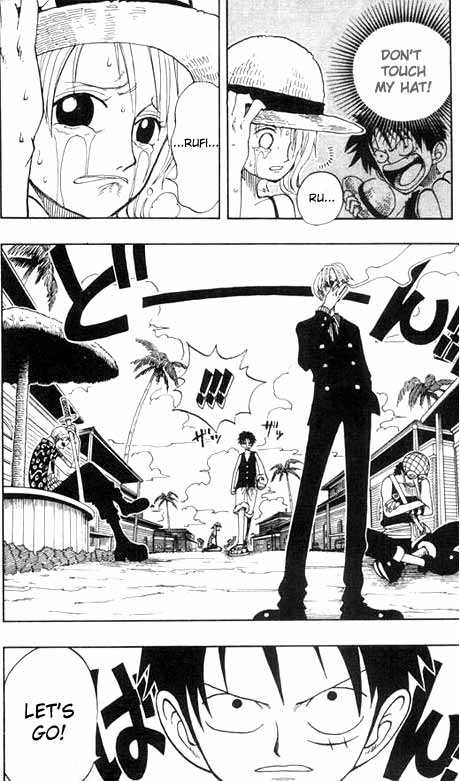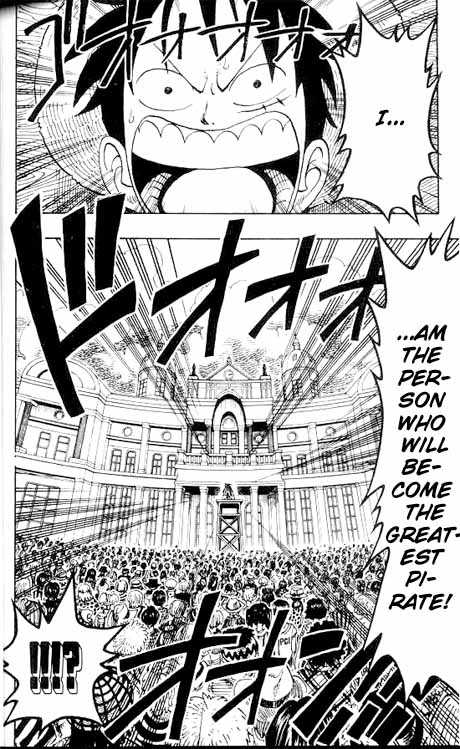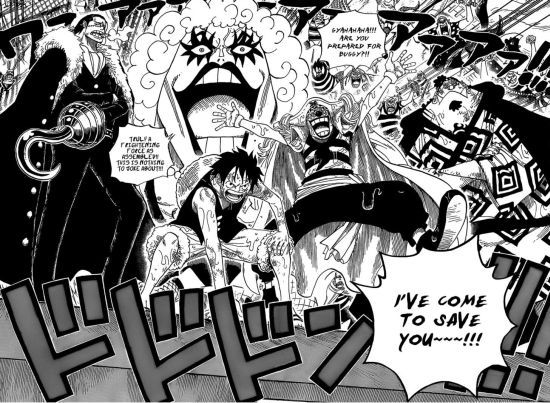This week, I’m recommending a pirate story that involves little-to-no actual “pirating”. A story that is quirkily-drawn, richly-characterised, tightly-plotted and original in every atom of its being. Yes, I’m recommending One Piece. What else fits that description?
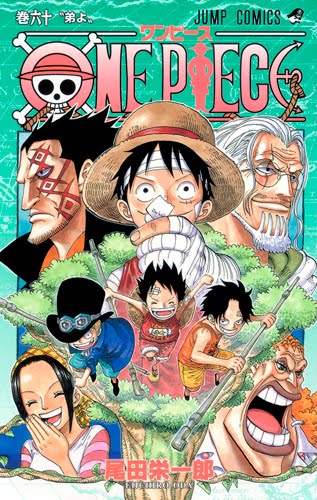 One Piece (Eichiro Oda)
One Piece (Eichiro Oda)
(62+ Volumes)
One Piece is a publishing phenomenon. It’s the best-selling manga series of all-time. It has beaten Japanese first print-run records multiple times, the latest record being 3.8 million copies for volume 61. It has been nominated for, and won, multiple awards. It has sold over 230 million books (and we’re only halfway through the story).
So, if you’ve been living under a rock and haven’t yet heard of One Piece, you will eventually hear about it. Might as well be from me.
Plot
One Piece is about a 17 year-old “pirate” known as Monkey D. Luffy, a gluttonous and eternally-cheerful kid who possesses the power to stretch his body. When Luffy was young, he consumed something called a “Devil Fruit”, which endows the person with a unique power, but which also makes them unable to swim. A bit of a problem when the world you live in consists mostly of islands, and your dream is to become the King of all pirates.
Luffy quickly gathers some crew members and sails off to the “Grand Line”, a thin stretch of ocean full of danger and adventure. At the very end of the Grand Line is the island Raftel, where the previous Pirate King Gold Roger is said to have buried his greatest treasure – the “One Piece”. Whoever finds the One Piece will become the next Pirate King, and as you can imagine, many other dangerous people are also seeking the One Piece for themselves. Luffy gathers more crew members as he traverses the Grand Line, and encounters lots of strange enemies, many who also have “Devil Fruit” powers.
Why I Recommend this Story
I love One Piece, but I didn’t always love it. I admit that when I first encountered this story in a late-90s issue of Shounen Jump, I was put off by the weird and stylised drawings. The characters were elongated, the designs were bizarre to the point of silliness, and the humour in it was goofy. If I had bothered to read it properly, I would have realised that the story-telling was solid and that the plot dense and engrossing, but I wasn’t interested. It wasn’t even until much later that I realised that as wacky as One Piece‘s art style was, it was also unique, expressive, and more technically accomplished than most manga artists.
Years went by, and after hearing multiple people rave about it, I eventually went back to One Piece. And this time, instead of reading one or two issues, I picked up the first 10 volumes and read it all in one sitting. Looking back, I’m glad I did, because One Piece is, no joke, one of the best adventure stories ever created, in any medium. It has possibly the most creative, well-rounded fantasy universes ever wished into being, and if you’re looking to create epic fantasy yourself, One Piece is necessary study. You actually can’t do better than this, in terms of action-adventure.
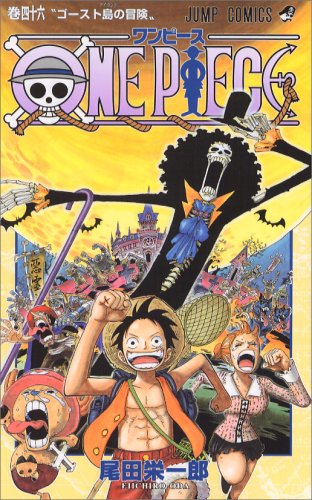 Ofcourse, with this being a Shounen Jump title, there’s still plenty of room for Pirate-King wannabe Luffy and his crew to Ad-ven-ture~, while extolling the virtues of Dreams! Courage! and Friendship!! All Shounen Jump titles are required to have these values by default, including a healthy dose of battle/action scenes, a formula created by Dragon Ball and responsible for selling hundreds of millions of manga volumes. I’ve read plenty of manga who followed in Dragon Ball’s long shadow, and One Piece is the first, and possibly the last, shounen-fighting manga series to ever completely transcend the box it started in. It surpasses the best parts of Dragon Ball in every possible way – in the inventiveness of the fighting, the richness of the world, the continuity and complexity of the plot, the interplay between the characters… I’d go on, but I’ll just mention that One Piece is the only serial manga I know of that still manages to be fresh, innovative and engrossing at volume 62. Most manga series die around volume 30-40, and anything that comes after is overkill, but Oda definitely planned his story out from the very start – and it shows. When you invest emotionally in this series, you’re rewarded, instead of being jerked around because the creator didn’t properly plan out the story.
Ofcourse, with this being a Shounen Jump title, there’s still plenty of room for Pirate-King wannabe Luffy and his crew to Ad-ven-ture~, while extolling the virtues of Dreams! Courage! and Friendship!! All Shounen Jump titles are required to have these values by default, including a healthy dose of battle/action scenes, a formula created by Dragon Ball and responsible for selling hundreds of millions of manga volumes. I’ve read plenty of manga who followed in Dragon Ball’s long shadow, and One Piece is the first, and possibly the last, shounen-fighting manga series to ever completely transcend the box it started in. It surpasses the best parts of Dragon Ball in every possible way – in the inventiveness of the fighting, the richness of the world, the continuity and complexity of the plot, the interplay between the characters… I’d go on, but I’ll just mention that One Piece is the only serial manga I know of that still manages to be fresh, innovative and engrossing at volume 62. Most manga series die around volume 30-40, and anything that comes after is overkill, but Oda definitely planned his story out from the very start – and it shows. When you invest emotionally in this series, you’re rewarded, instead of being jerked around because the creator didn’t properly plan out the story.
There’s also one final element of One Piece I find unique – the juxtaposition of goofy humour with heart-wrenching character moments. As I said earlier, the humour in this story put me off initially, mostly because I thought a story with such a childish sense of humour couldn’t possibly handle serious character drama… but how wrong I was. It’s a testament to Oda’s strength as a story-teller that he can muster both humour and sadness at the same time, and One Piece is one of the few manga that I can call genuinely moving. It’s actually changed my impression of the role of comedy in my own stories – from something to be avoided to something to be embraced.
Since One Piece is a daunting 62 volumes and counting, I can imagine how picking it up can be a scary experience. People don’t want to waste time on things they may not enjoy, but I also feel that reading just a few volumes isn’t sufficient to judge this story. So I will suggest reading from volume 1~12 first, and if you still don’t enjoy it, don’t bother continuing. As great as One Piece is, it’s one of those stories you either love or hate. If it’s not your thing, it’s not your thing – what can I say?
